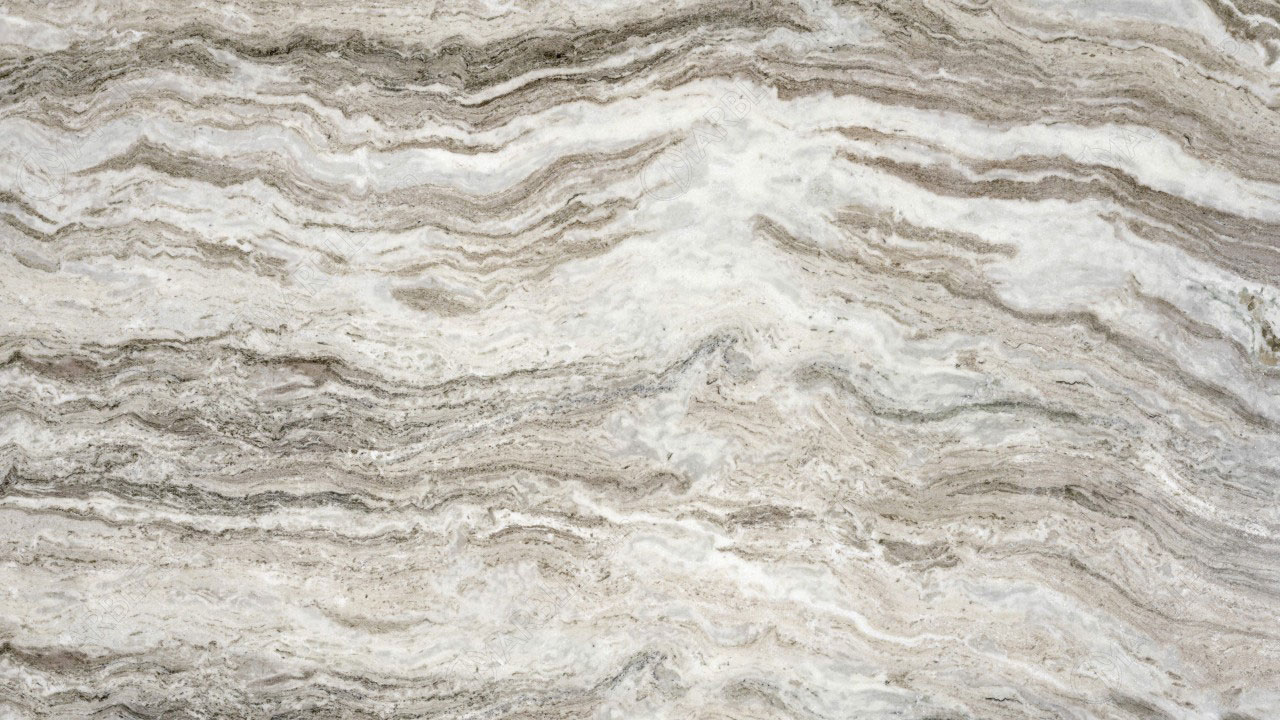Granite Countertops
For regular maintenance of your granite countertop surfaces, use paper towel to clean up any spills or leftover residue as they occur to avoid stains. Also wash your kitchen granite countertops with warm, soapy water regularly to clean any dirt from the surface. Sealing our granite countertops is an added precaution to avoid staining. However, sealing does not make your countertop stain proof, but rather adds a layer of protection and makes the stone countertop stain resistant. Sealing your granite is suggested every 5 or 6 years. If you notice water penetrating the surface and taking longer to dry out around your sink, its probably time to apply sealer. Never use harsh or acidic or cleaners such as Windex, hydrofluoric acid, vinegar, lemon juice, or ammonia to clean your granite countertop surfaces.
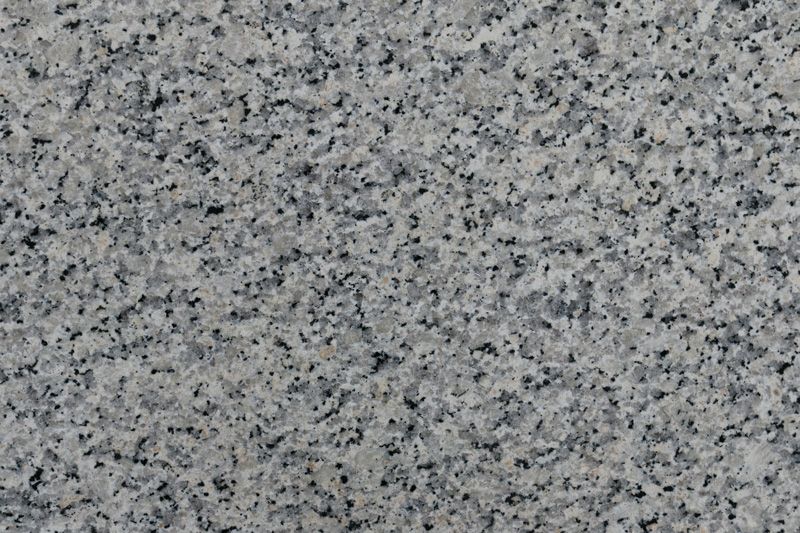
Quartz Countertops
Quartz countertops appear natural but are actually a mix of approximately 93% quartz stone and 7% synthetic polymer. Cleaning and caring for engineered quartz countertops is easy for this reason, as the stone does not need polishing. Clean your quartz kitchen countertops regularly with warm, west soft towel. Use a mild detergent or mild dish soap to clean your quartz. If there are any spills or sticky residue, clean as soon as they happen to help avoid staining. For harder and dried on spills, clean your quartz stone countertop with a glass or surface cleaner. If you need to scrape dried on messes away, use plastic utensils only. Never use bleach or harsh acidic cleaners on quartz countertops and avoid using abrasive materials when cleaning. Never use hydrofluoric acid on your countertops, as it attacks the minerals in the stone and can harm your countertops. Do not leave hot pots or pans directly on your quart kitchen countertops. You should always use a hot pad or trivet when setting anything that’s extremely hot on the surface of your quartz countertops. We suggest going to the brand’s website for individual cleaning recommendations.
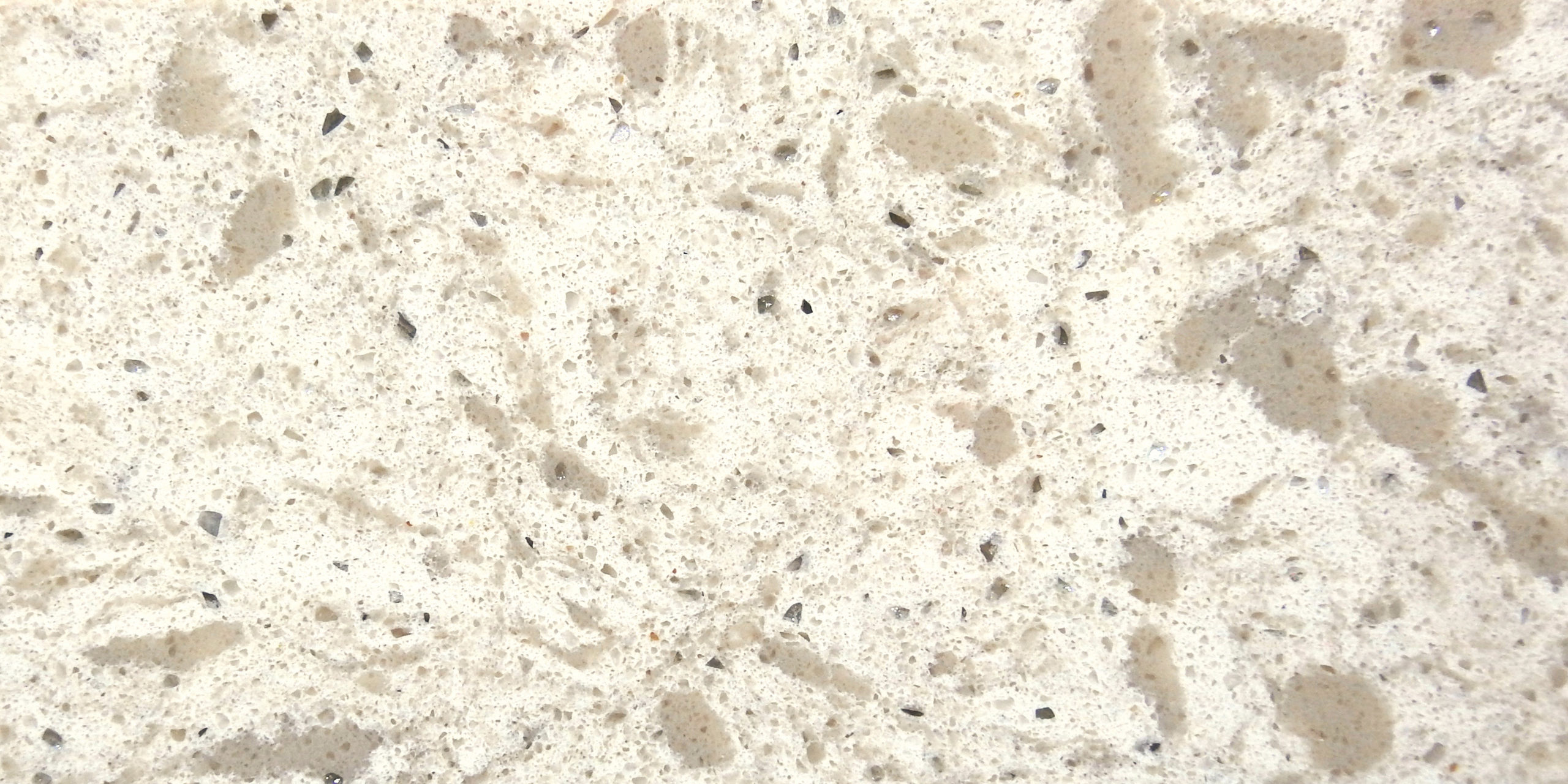
Quartzite Countertops
Caring for quartzite is like caring for granite. Simply wiping up counters regularly with a gentle cleanser, water, and a soft cloth or paper towel. Quartzites do vary in performance depending in on the variance if porosity from one to the next. White Quartzites for example, are more likely to stain than non-white. As with any surface, simple preventative measures should be taken to protect quartzite countertops. Wipe up spills and moisture as quickly as possible. Also, like granite utilizing cutting boards, though perhaps not the reason you’d expect: due to its hardness scale, quartzite is likely to dull your knives.
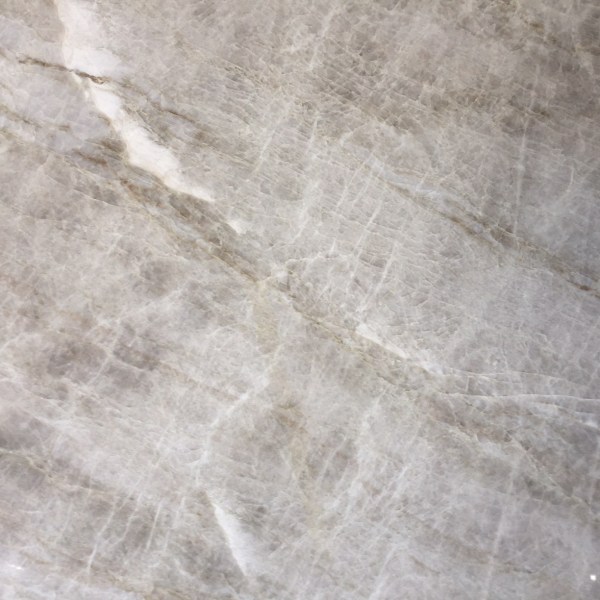
Soapstone Countertops
Soapstone countertops are highly durable and are hard to etch or scratch. This nonporous surface is hard to stain and has a high tolerance for heat. To care for your soapstone countertops, please avoid heavily dropping objects on the surface since these countertops are more likely to dent than to get scratches or chips. Also, use paper towel to regularly clear off any spills so that the stone keeps its sleek appearance. The image shows soapstone treated with mineral oil and without mineral oil. Tis is an option unique to soapstone. Ask one of our team member for information regarding this unique appearance.
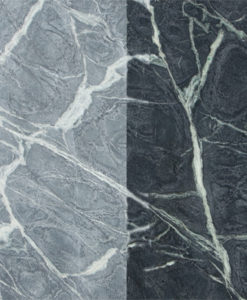
Marble and Dolomite Countertops
One of the most important steps in caring for marble is preventing stains and etches. When marble comes into contact with anything acidic, it can etch, which looks like a dull spot. Things like red wine on the countertop should be wiped up immediately, 99 percent of the time it won’t stain, but the acids in the wine may cause the stone to etch. We recommend sealing every 5 years with a quality sealer. A good sealer goes into the stone beneath the surface and prevents stains from going deep, but it does nothing to protect etching. Test if your stone needs sealing by putting a few drops of water on your countertop and letting them sit. If it leaves a dark spot, it has soaked into the stone and needs to be sealed. Over time high- traffic areas etch and scratch, this is called patina. Some find that the charm of marble while others see it as a negative characteristic.
